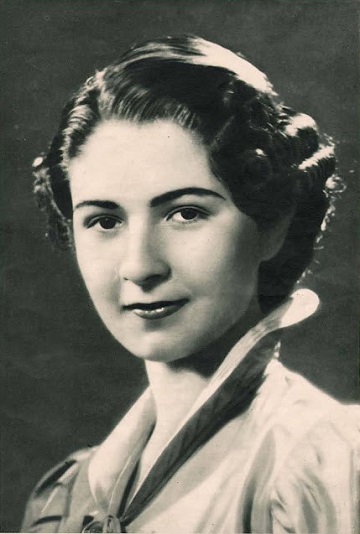History of the Ambassador of Canada to Egypt’s residence
The Kamel Mohamed 5 Villa, located in Cairo, Egypt, stands as a symbol of the city's wealth and cosmopolitanism. Its history is intertwined with Egypt's past, spanning from the colonial era to contemporary times. The neo-Renaissance villa was initially owned by Khalil Bey Riad, the governor of the Suez Canal. Over the years, it housed various occupants, including German scholars from the German Archaeological Institute, the Jewish Salem family, Queen Farida of Egypt, and finally, serving as the Canadian Ambassador's residence.

Location and construction
Situated on the island of Zamalek, the villa gradually evolved into an upper-class neighborhood for the Egyptian nobility and affluent businessmen. Historical records suggest that the construction of the villa likely occurred between 1925 to 1927. However, detailed information about the funding source remains elusive.
A resort for scholars
Shortly after its construction, Khalil Bey Riad rented the villa to the German Archaeological Institute in 1931, where renowned scholars resided. The villa became a center for the Institute's work and research, leading to significant archaeological discoveries and influential Egyptological publications. Shortly after the beginning of World War 2 in September 1939, all Germans in Egypt were expelled, including the German Archaeological Institute.
The Salem family
In 1942, the villa changed ownership and was purchased by Ovadia Mercado Salem, a prominent Jewish Egyptian businessman. The Salem family transformed the villa into their home, hosting various gatherings and receptions with business partners, notable Egyptians, and diplomats.

Portrait of HM Queen Farida of Egypt. Tenure (1938 to 1948)
Queen Farida's sojourn
After the divorce of Queen Farida and King Farouk, she came and lived in the Kamel Mohamed 5 Villa. The Salems graciously offered her the residence until she could move to her new palace in Giza. During her stay, Queen Farida pursued her interest in painting and turned the third-floor apartment into her art studio.
Conclusion
As the political landscape changed in Egypt, the Salem family fled the country, leaving behind a significant portion of their possessions. The villa underwent further changes, being sold to the Canadian government in 1962 and serving as the official Canadian Ambassador's residence.
The Kamel Mohamed 5 Villa remains an architectural gem representing Egypt's vibrant history and cultural exchange. From its origins as a grand neo-Renaissance residence to its occupancy by German scholars, the Salems, and Queen Farida, the villa has witnessed the ebb and flow of Egypt's societal changes. Its allure continues as the Canadian Ambassador's residence.
- Date Modified: